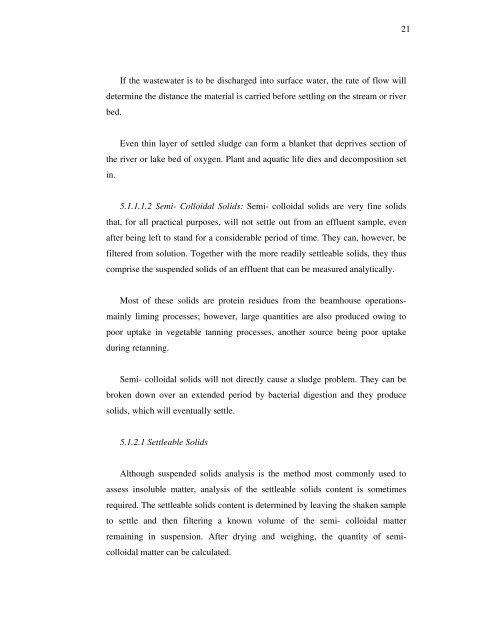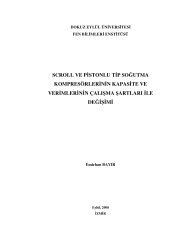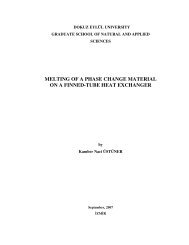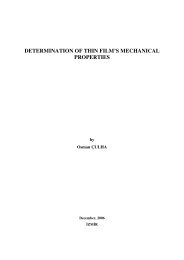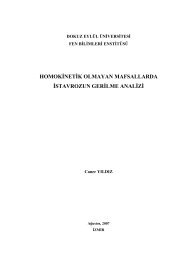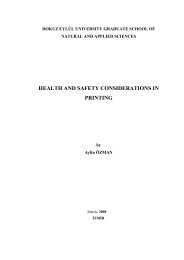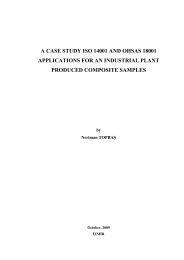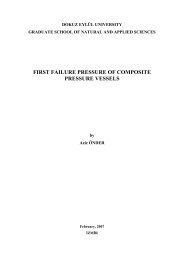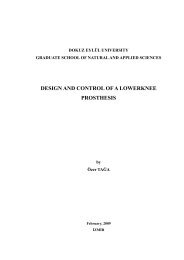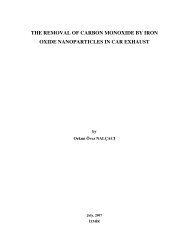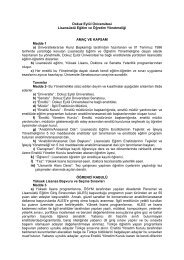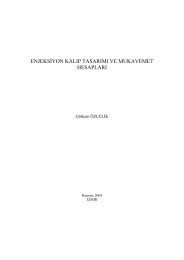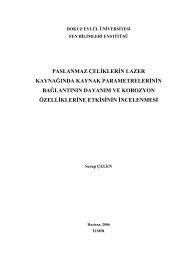WASTE MANAGEMENT IN LEATHER INDUSTRY
WASTE MANAGEMENT IN LEATHER INDUSTRY
WASTE MANAGEMENT IN LEATHER INDUSTRY
You also want an ePaper? Increase the reach of your titles
YUMPU automatically turns print PDFs into web optimized ePapers that Google loves.
34 21If the wastewater is to be discharged into surface water, the rate of flow willdetermine the distance the material is carried before settling on the stream or riverbed.Even thin layer of settled sludge can form a blanket that deprives section ofthe river or lake bed of oxygen. Plant and aquatic life dies and decomposition setin.5.1.1.1.2 Semi- Colloidal Solids: Semi- colloidal solids are very fine solidsthat, for all practical purposes, will not settle out from an effluent sample, evenafter being left to stand for a considerable period of time. They can, however, befiltered from solution. Together with the more readily settleable solids, they thuscomprise the suspended solids of an effluent that can be measured analytically.Most of these solids are protein residues from the beamhouse operationsmainlyliming processes; however, large quantities are also produced owing topoor uptake in vegetable tanning processes, another source being poor uptakeduring retanning.Semi- colloidal solids will not directly cause a sludge problem. They can bebroken down over an extended period by bacterial digestion and they producesolids, which will eventually settle.5.1.2.1 Settleable SolidsAlthough suspended solids analysis is the method most commonly used toassess insoluble matter, analysis of the settleable solids content is sometimesrequired. The settleable solids content is determined by leaving the shaken sampleto settle and then filtering a known volume of the semi- colloidal matterremaining in suspension. After drying and weighing, the quantity of semicolloidalmatter can be calculated.


